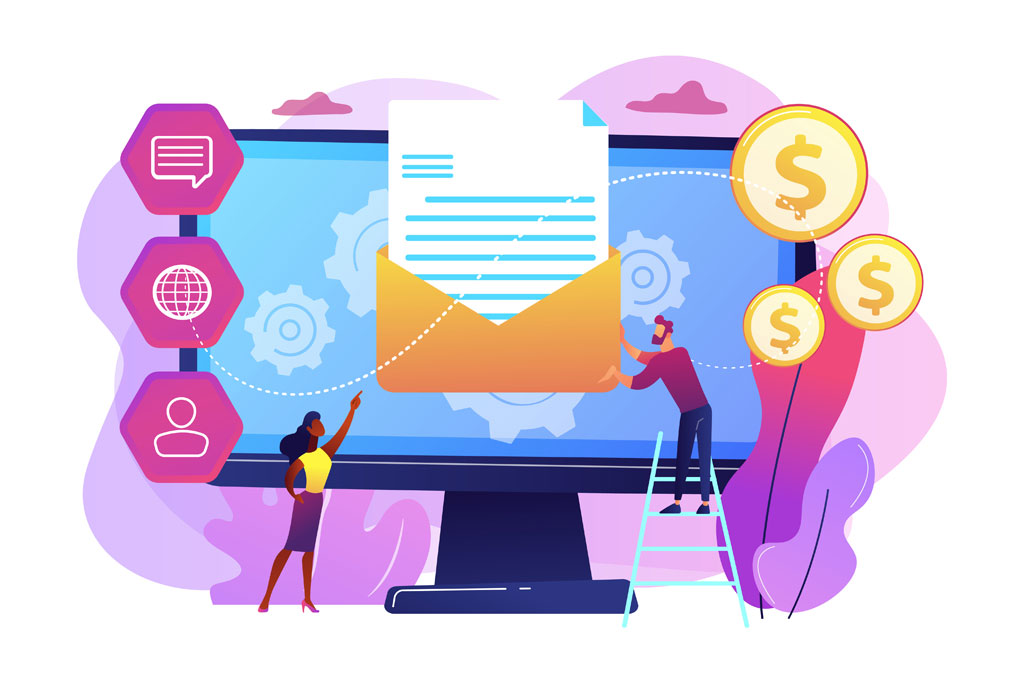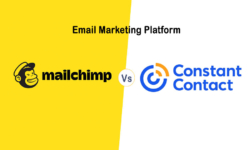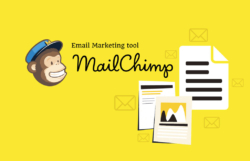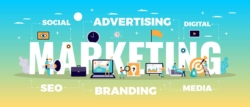Email has become an invaluable tool for businesses to reach their customers and build relationships.
But crafting an effective email strategy takes more than simply sending out messages. It requires careful planning and careful consideration of what your audience wants to hear. To that end, we’ve gathered a few insider secrets to help you create an email marketing strategy that will help you achieve your goals.
Table of Contents
From understanding how to grab attention with captivating subject lines to using analytics to track the success of your campaigns, these tips will give you the edge in developing effective email strategies that get results. With them, you’ll be able to fine-tune your emails for maximum engagement and conversion.
So if you’re looking for insider secrets to craft effective email strategies, read on!
Introduction to Email Marketing
Email marketing is a form of direct and digital marketing that works by engaging customers and prospects through email messages sent directly to their inboxes. It’s an incredibly powerful tool for staying in touch with customers and also a great opportunity to appeal to new customers.
When executed correctly, emails have the potential to build relationships with current customers, create brand awareness, increase sales and conversions, and drive customer loyalty. Welcome emails are a great way to introduce a brand or business to new subscribers. They can be used to provide an overview of what the subscriber can expect from the company or organisation, such as email frequency, offers, information on how to get involved or even an introductory offer.
Furthermore, email marketing also provides important metrics such as open and click-through rates that can measure success or failure. Having access to this data helps marketers adjust their strategies as needed in order to maximise results. In other words, effective email marketing is about creating valuable content that resonates with subscribers and encourages them to take action.
Defining a Clear Goal for Your Email Strategy
When crafting your email strategy, it is critical to set clear and measurable goals. After all, SMART (specific, measurable, achievable, relevant and timely) goals are the cornerstone of any successful business strategy.
When setting your email marketing objectives, consider the purpose of each campaign. Typical goals may include:
- Increasing open rates: The percentage of subscribers who opened your email.
- Improving click-through rates: The percentage of readers who clicked a link in your email.
- Growing your subscriber list size: The number of emails you send out and the number of emails that result in sales or new leads for your business.
These are just a few examples; however, it is important to remember that each goal should be tailored to fit the specific purpose and audience of the email campaign. By defining clear goals before getting started with an email campaign, you can optimise the results and ensure that it meets its desired objectives.
Identifying Your Ideal Audience
One of the most important parts of crafting an effective email strategy is identifying your ideal target audience. This process includes segmenting your existing customers and researching the market for potential prospects who may be interested in what you have to offer.
To gain a deeper understanding of your target customer base, consider all the factors that can help you identify them:
- Age: Which age group is most likely to engage with your emails?
- Gender: Is there a specific gender that is more likely to respond?
- Interests: What topics, activities, and hobbies are they interested in?
- Shopping Habits: Do they frequently shop online or prefer brick-and-mortar stores?
- Blogs & Influencers Followed: Are there any popular blogs or influencers they follow?
Once you have identified your target audience, it’s time to refine your demographic information by categorising them using more detailed data points such as their age, gender, education level, occupation type, and geography. Doing so will allow you to segment the customer base into smaller groups with similar characteristics, helping you tailor future emails around their specific needs and interests.
Writing Compelling Subject Lines
Writing compelling subject lines is a tricky yet critical part of email strategy: the subject line is often all that stands between a successful email and one destined for the trash. To ensure your emails don’t end up in the latter, here are some insider secrets:
Keep The Subject Line Short and Concise
The ideal length for a subject line is roughly 50 characters, as anything longer can get cut off on certain devices. That said, it’s important to be creative without being too wordy – this can be done through emojis, symbols, or even just a few carefully chosen words.
Avoid ‘Spam’ Words
Words like ‘free’, ‘discount’, ‘cash’ and ‘prize’ have very negative connotations when it comes to email marketing, so they should be avoided at all costs as they will send signals to the recipient that your email is potentially dangerous or low-quality.
Include Personalization and a Hint of What’s Inside
Adding personalization to an email shows that you care about the individual receiving it and that you have something important to say (as opposed to mass-sending generic emails). Additionally, hinting at what the recipient will find inside can go a long way in terms of engagement – after all, who doesn’t like a good mystery?
Crafting Engaging Email Copy
Copywriting for email requires a fine balance between being succinct and interesting. As a copywriter, you must ensure that your message is both engaging and effective. Here are few key tactics to consider when crafting an email strategy:
Subject Lines
Subject lines should align with the body content—avoid clickbait or vague headlines as this can often give off the wrong impression. Emails should have unique subject lines that pique the customer’s interest, but also clearly tell them what to expect in the body of the message.
Personalization
Personalization of emails is key to building relationships with customers. An effective personalization strategy involves including customer names and other specific details in your message, such as past purchase history or current interests.
Actionable Language
Writing actionable language is critical to successful email copywriting; using verbs such as “buy,” “sign up,” or “invest” demonstrate an urgency that convinces customers to take action quickly.
Benefits Over Features
When writing emails, focus on the benefits over features—customers want to know why they should buy your product or service, not just what it can do for them. Demonstrating how your product can solve their problems in a specific way goes a long way in creating an effective email strategy.
Utilising Automation and Segmentation Techniques
Creating a successful email strategy requires much more than simply sending out mass emails. By utilising the automation and segmentation techniques available in many modern email software programmes, you can ensure that your emails are seen by the right people and at the right times.
Email Segmentation
Email segmentation is the practise of dividing your list of contacts into smaller, targeted groups based on demographic data, interests, preferences or behaviour. This allows you to deliver highly targeted emails to only the people who are most likely to be interested in what you have to offer.
Automation
The power of automation lies in its ability to have emails sent out at specific times or when certain actions are taken by a contact. This ensures that your messages reach their intended audience in an efficient manner and helps you to save time by avoiding manual tasks such as scheduling emails or tracking results.
By leveraging both segmentation and automation techniques, you can create an effective email strategy that will help you reach your goals more quickly and efficiently.
Measuring the Success of Your Campaigns
When it comes to measuring the success of your email campaigns, there are a few key metrics you should keep in mind.
First and foremost, you’ll want to track your click-through rate (CTR). This measures the percentage of people who clicked on a link in an email. The higher the CTR, the more successful the campaign has been.
You should also track your conversion rate, which looks at how many people completed the desired action (such as buying a product or signing up for a service) after clicking through from your email. The higher the conversion rate, the better!
Finally, you’ll want to measure delivery rate. This metric measures how successful your emails are at reaching their intended inboxes. If your emails don’t reach their destinations, then no one will be able to take advantage of them and all your hard work will have been for naught!
Conclusion
To wrap up, crafting effective email strategies is an investment of time and resources that can pay off in big dividends. Before getting started, it is important to have a clear understanding of the goals, audience, channels, and content of the campaign. Once all of these elements are in place, execute a comprehensive testing plan for each component to ensure the emails are optimised for success. Finally, continually monitor results and adjust the strategy as needed to ensure that emails remain effective. A well-crafted email strategy can provide businesses with an effective tool for reaching and engaging their target audiences.






